2024
In Progress
Contributor: Yue Zhu
Advisor:
– Major: Phyllis Wong, Deanna Herst (HERDM), Karin Vlug (VLUKE)
– Theory: Santiago Pinol Arevalo (PINOS)
In this work, we delve into the concept of the Symbiocene, proposed by Albrecht and Van Horn [2016], as a forthcoming epoch distinguished by mutualistic relationships among species, contrasting sharply with the exploitative interactions typified in the Anthropocene. This paper explores the fundamental principles of mutual benefit and symbiosis beyond human-centric interactions, advocating for a paradigm shift to holistic and integrated understandings of species interrelations. We examine the prevalent gaps between our current anthropocentric perspective and the envisioned Symbiocene, highlighting the inadequacies of reductionist approaches. By endorsing Haraway [1997] situated knowledges, we argue for a more empathetic and interconnected appreciation of Biophilia communities. The framing effect, as discussed, is pivotal in transforming public attitudes toward more symbiotic relationships, facilitated by an innovative educational approach using a ’Plants’ LinkedIn’ platform to foster situated knowledge and empathy towards non-human species.
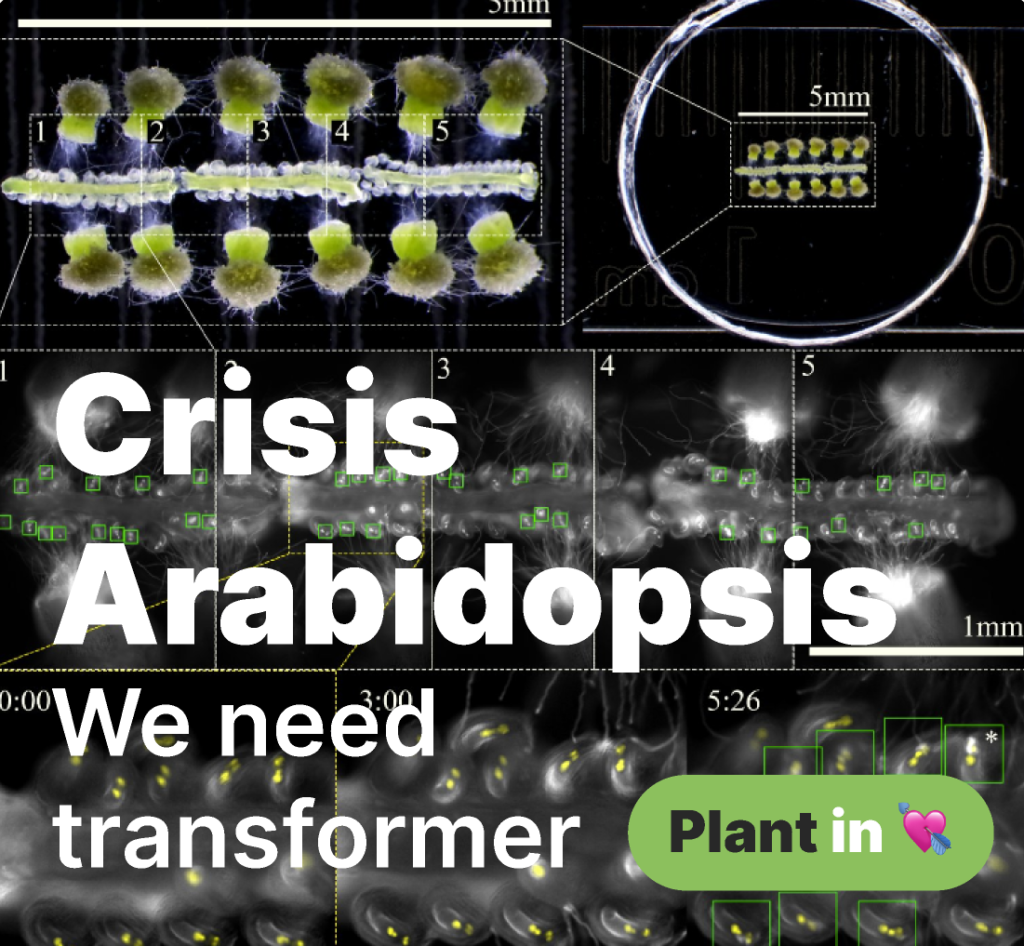
🌱 Try PlantIn Demo Here
🔎 See Research Documentation
Opinions inspired by specific framings
Chimeric Worlding presents us a novel way of approaching the authority of entangled real world for graphic designer, based on the methodology from poetics of world building. In short, it’s a way for composition of entangled materials, weaving diverse materials into an existing semi-structured framework which resembles the structure of DNA with different genetic information organized in different structural levels.
After explaining the methodology mentioned above to people with a visualized poster, they were invited to share their impressions of specific images which represent different perspectives to observe Arabidopsis and visualized in the co-creation poster with lines and tags.
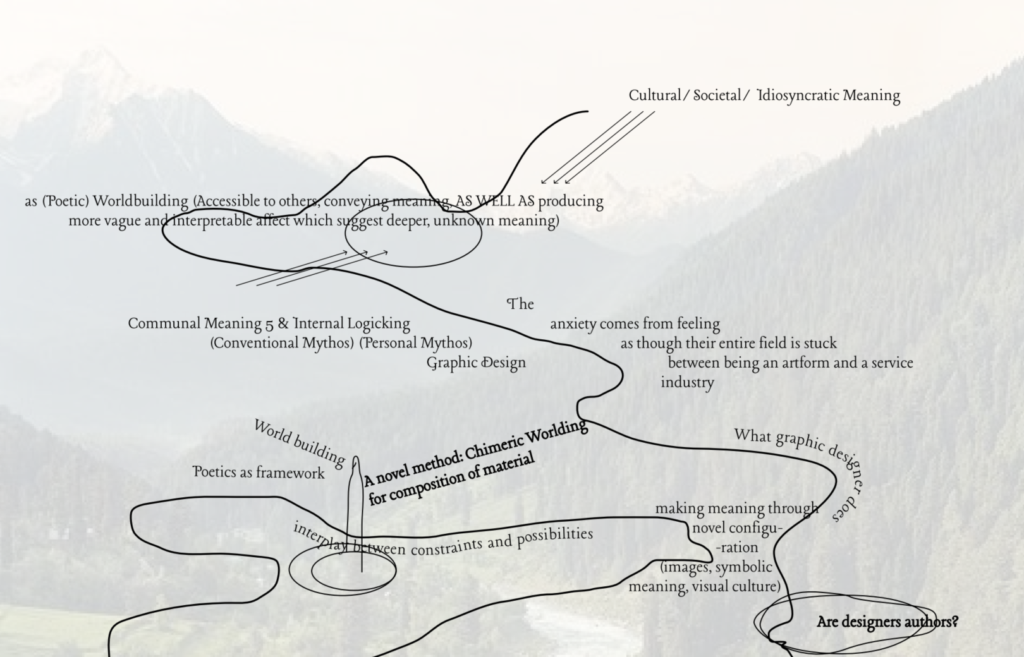
Poster: Visual Explanation of the Method Chimeric Worlding

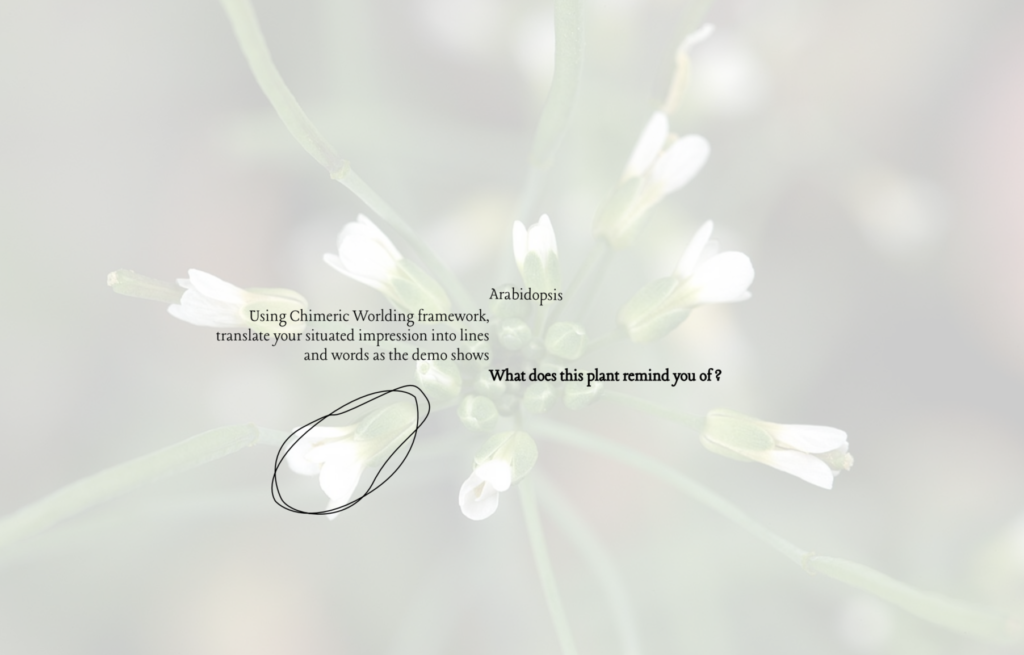
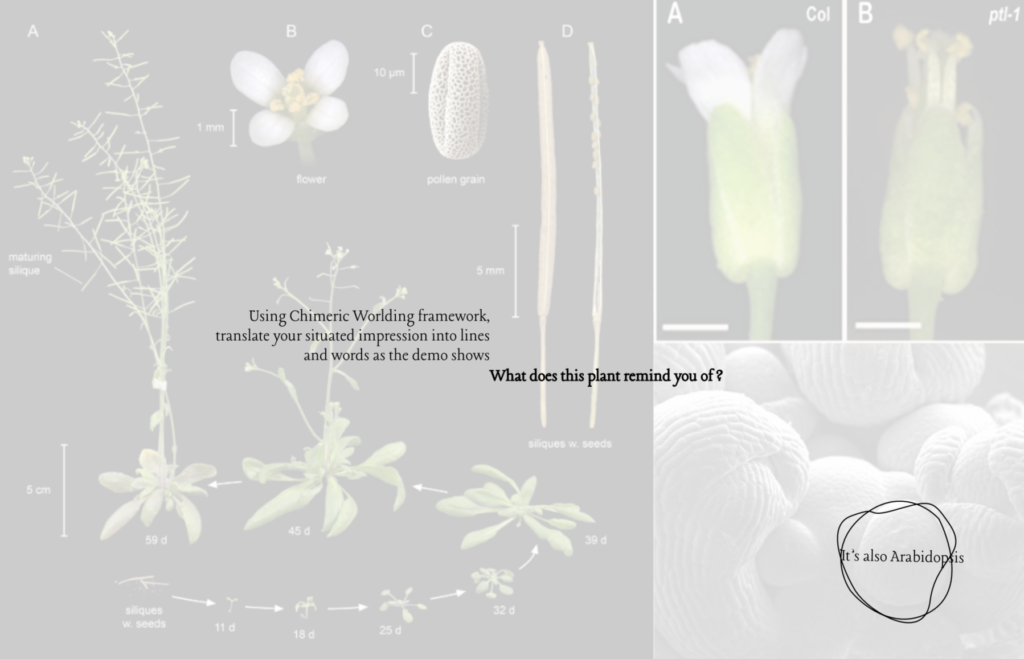
Poster: for co-creation
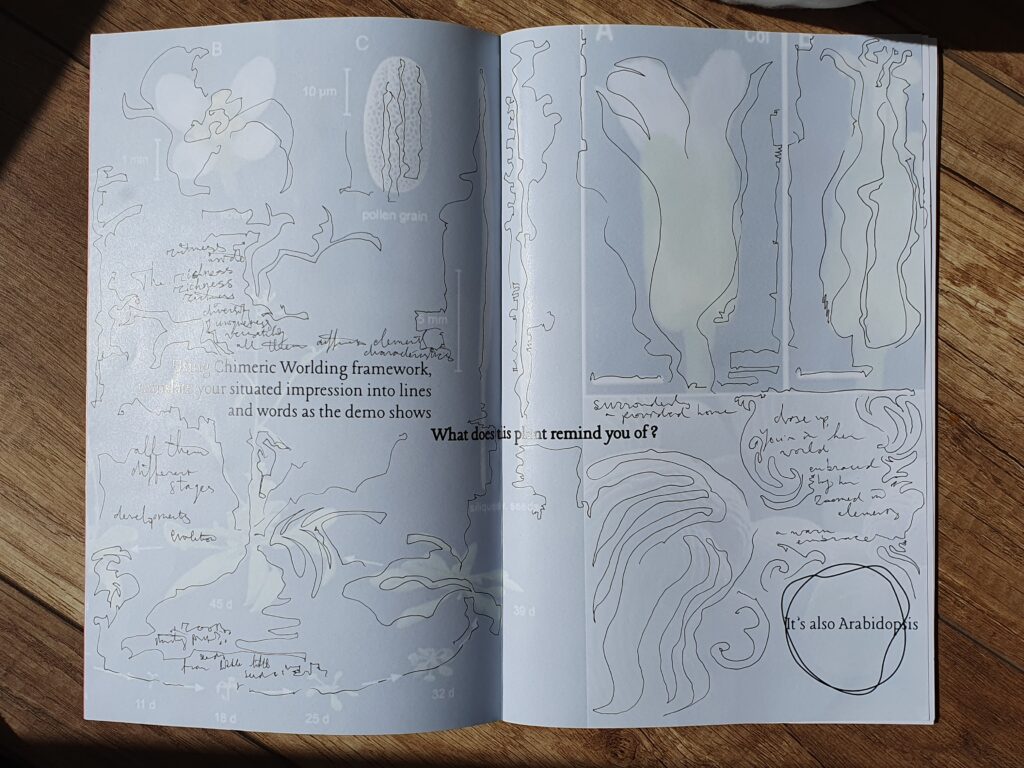
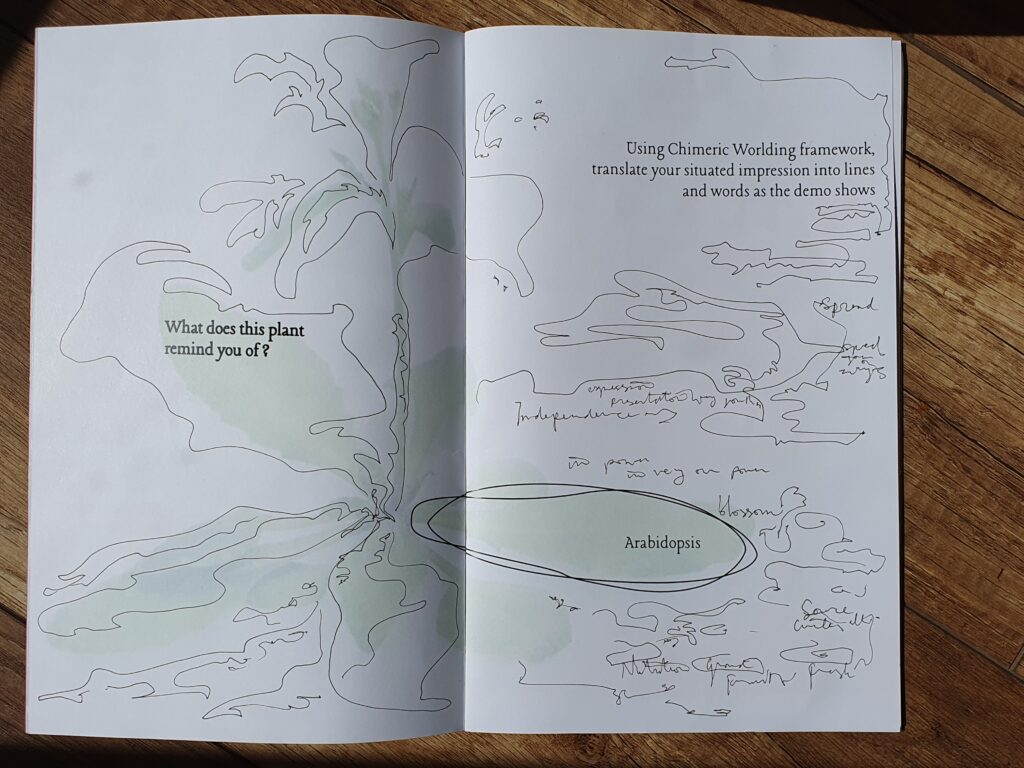
Thanks for Jian Egyedi’s Participation
